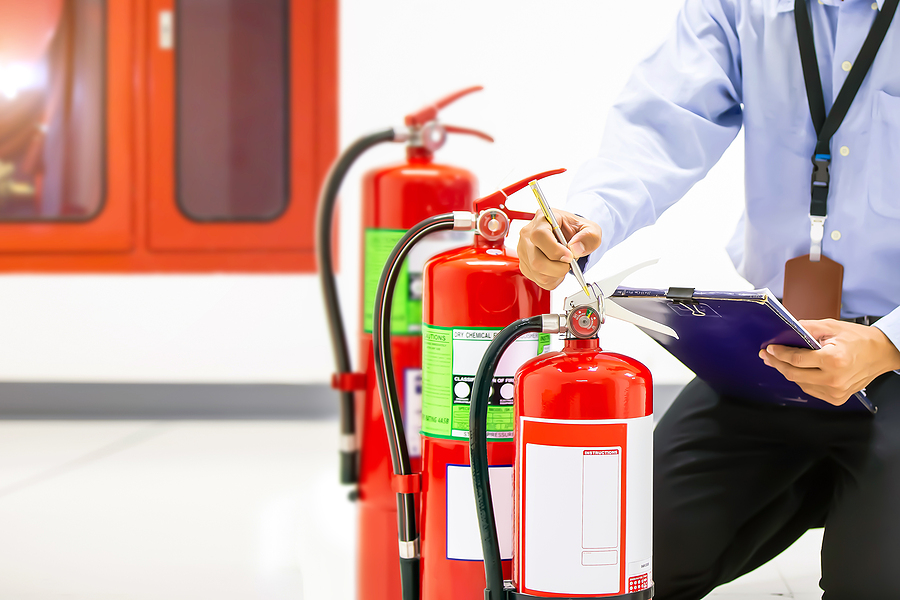In addition to endangering the lives of those who work in and near a storage facility or warehouse, fires can also cause significant physical damage, resulting in substantial financial losses. Did you know that between 2005 and 2009, there were roughly 1,310 fires in US warehouses, many of which resulted in significant economic losses due to the lack of adequate firefighting equipment? Fire-code adherence alone will not assure that your warehouse is adequately safeguarded to deal with any fire threats. Here’s what you need to do to safeguard the safety of your employees and protect your business from fire:
Make a list of the Items You Keep in Your Warehouse.
To keep your warehouse safe from a fire, you must know everything stored inside. Many flammable materials are stored in cold storage warehouses, such as the food coloring in frozen meals, generally categorized as a Class II or Class III item. Refrigerated warehouses dry the cardboard, making it more flammable. Therefore, their storage boxes are likewise combustible.
In addition, the warehouse’s unique equipment, such as rolled paper, baled fiber, lights, and lift truck batteries, all represent a danger of fire occurrence. A typical high-intensity discharge lighting in modern warehouses is flammable, such as high-pressure sodium or halide lamps, which are often employed. According to research, they’re responsible for 13% of warehouse fires today. Internal failure of these lamps can cause the lights to explode and release hot pieces that can start a fire in seconds if the temperature reaches 1000 degrees.
Cold storage facilities also frequently utilize ammonia-based refrigeration systems. When handling ammonia, it is crucial to remember that it is combustible.
Stacking pallets incorrectly might lead to a fire. Although pallets are an invaluable tool for moving large items around warehouses, keep in mind that the wood used to construct them is flammable. A high-velocity gas plume is created when dried, and frayed timber and plastic pallets are stacked in stacks. This can lead to hazardous fire conditions. As a result, knowing what’s stored in your warehouse is critical if you want to be prepared for a fire.
The Locations of All Dangerous Materials and their Known Hazards
Make regular updates to the inventory of hazardous items in and around your warehouse. For example, know where flammable substances such as grease, oil, and kerosene are stored and utilized.
Check Your Fire Extinguishers regularly.
Fire sprinkler systems alone will not suffice to keep warehouses safe from blazes. Investment in proper fire extinguishers is also essential. Extinguishers come in various shapes and sizes, each suited to the task at hand. To deal with fire situations, you may choose the appropriate type of extinguishers based on the types of flammable materials and equipment housed in your warehouse.
In terms of classification, fire extinguishers are categorized as follows:
- Combustible materials such as paper, cardboard, wood, rubber, and plastics are extinguished with Class A Fire extinguishers.
- Class B fire extinguishers put out fires caused by combustible liquids such as oils, gasoline, grease, and paints. “
- Class C fire extinguishers can put out fires caused by flammable electrical equipment, such as wire, fuse boxes, and powered electrical devices.
- Fires involving flammable metals like magnesium, potassium, and salt are often extinguished with Class D fire extinguishers.
In the event of a fire, instruct all your employees on what to do.
The warehouse must be equipped with the proper kind of fire extinguishers. Knowing how to use them effectively in a fire situation is critical. This necessitates a thorough training program for your employees. There are a variety of fires that may be put out, so it’s essential that your personnel are familiar with the many types of extinguishers available and how to utilize them. Another consideration is that using an improper fire extinguisher might exacerbate the problem. Thus, proper training is a need.
